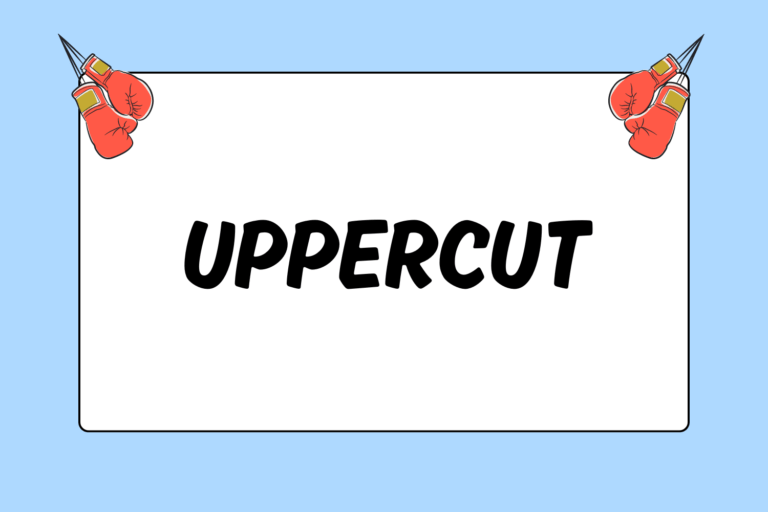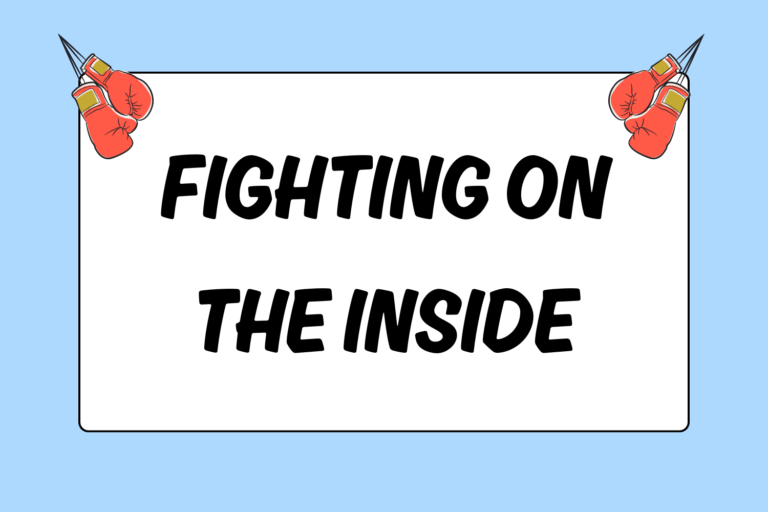Once their organized athletic careers end, many athletes — at least, the ones who stick with sports at all — jump through hoops to prolong their playing days. Former high school athletes often join intramural and club teams in college. Other adults join recreational leagues with their friends and co-workers. This guide explains White Collar Boxing, a league many working professionals participate in to get fit, release stress, and achieve personal goals.
History of WCB
All-time greats Jake LaMotta, Muhammad Ali, and Roberto Duran all spent time training in New York’s Gleason’s Gym. Bruce Silberglade, the gym’s owner, claims that the venue has hosted 124 world champions. Brooklyn’s historic gym also happens to be the birthplace of White Collar Boxing.
The term “white collar” is often used to describe the jobs of the educated workforce. During the 1980s, the term carried over to boxing in reference to educated professionals who competed in the ring. Two professionals — one an attorney/veterinarian and the other an English PHD — challenged each other to a glorified sparring match in 1988. The two participants, Dr. David Lawrence and Dr. Richard Novak, held their bout at Gleason’s Gym. Their initial challenge sparked the interest of others, and soon enough Gleason’s was a frequent host of such bouts.
White Collar Boxing has become a worldwide trend. Men and women who participate in White Collar Boxing push themselves in new ways by trying their hand in boxing. The workout is taxing, and the prospect of an upcoming bout gives these individuals a tangible goal unlike other popular workouts. The boxers get fit, learn a new skill, and build up to a friendly match where they can display their hard work to friends and family.
WCB’s Governing Body
In 2007, a group of London boxing enthusiasts created the World White Collar Boxing Association (WWCBA). The governing body promotes the benefits of the sport throughout the world, and it consults interested individuals who want to get started and compete. Trainers and promoters also work with the organization to develop the sport’s global appeal.
The WWCBA provides accreditation for training facilities and has written a syllabus for new boxers to ensure safety and progress. The majority of White Collar matches go unscored, but the WWCBA introduced scoring into some of its sponsored events. In addition, the body hopes to rank some of the more advanced White Collar fighters.
The WWCBA works with regional groups to ensure strong standards, including the equipment that has become customary for White Collar boxers: Headgear, 16-ounce gloves, no-foul protectors, and mouth guards. In addition, the association enforces specific rules, such as round quantity and length: Three two-minute rounds.
Fun Fact
White Collar Boxing has emerged as a popular way to raise money for local charities. Events charge admission and give profits to charities, which are honored during the event.
New York Ban
New York is relatively strict with regulations on contact sports. Mixed Martial Art events are prohibited under New York State Law, and White Collar Boxing was temporarily banned for four years (2006-2010). Protestors believed that the sport lacked proper regulation, and they feared that inadequately-trained participants would end up injured.
The governing body of amateur boxing in the United States, USA Boxing, took White Collar Boxing under its wing, though, by agreeing to regulate bouts. For example, boxers are now required to get a letter signed by a doctor approving their participation in events. In addition, boxers have to pass a physical exam prior to each bout. Each match must be overseen by an approved official, and competitors must be born within five years of one another.
Because of USA Boxing’s involvement, New York lifted its ban in 2010, thus setting a precedent for other states.
Fun Fact
John E. Oden served as a key advocate in the effort to get White Collar Boxing reinstated in New York. Oden, a former White Collar Boxer himself, wrote two books chronicling his journey into the ring and highlighting the benefits of boxing.
Competitive, yet Fun
White Collar Boxing provides a stage for individuals of all different backgrounds and experience levels. Whether you’re simply interested in a way to get fit, or you’re generally enticed by the possibility of athletic competition, White Collar Boxing appeals to a widespread group of adults.





